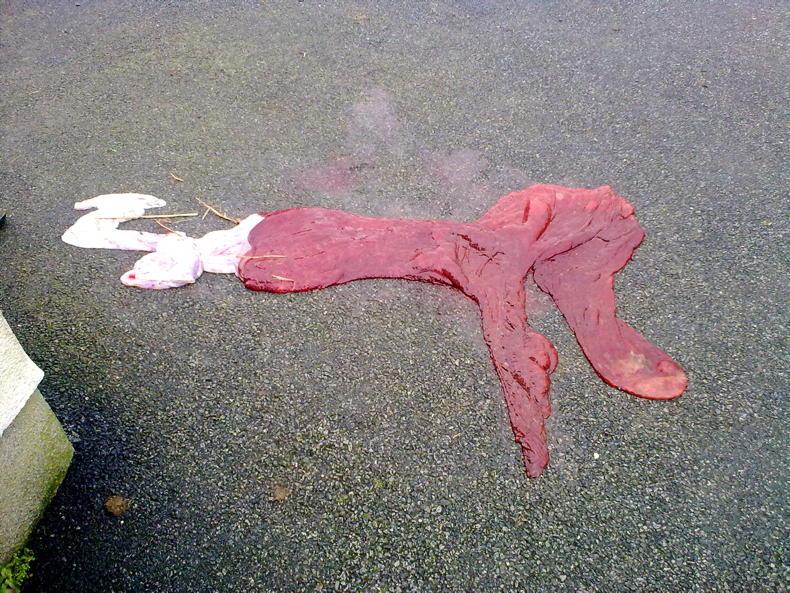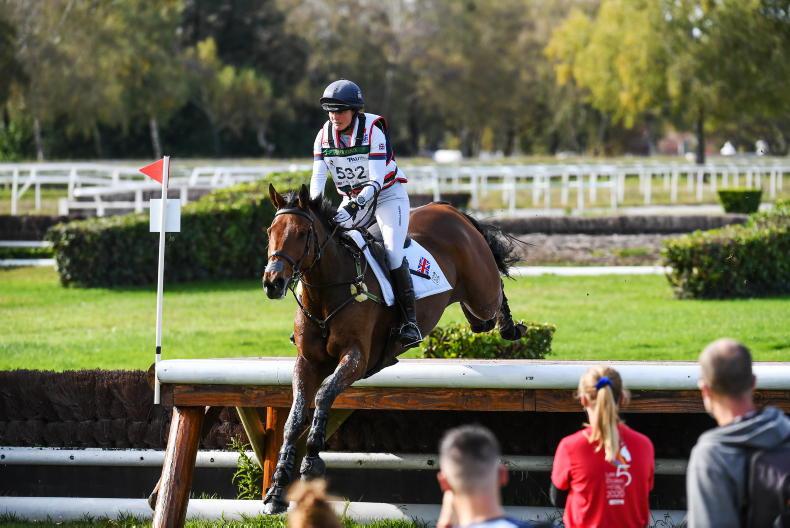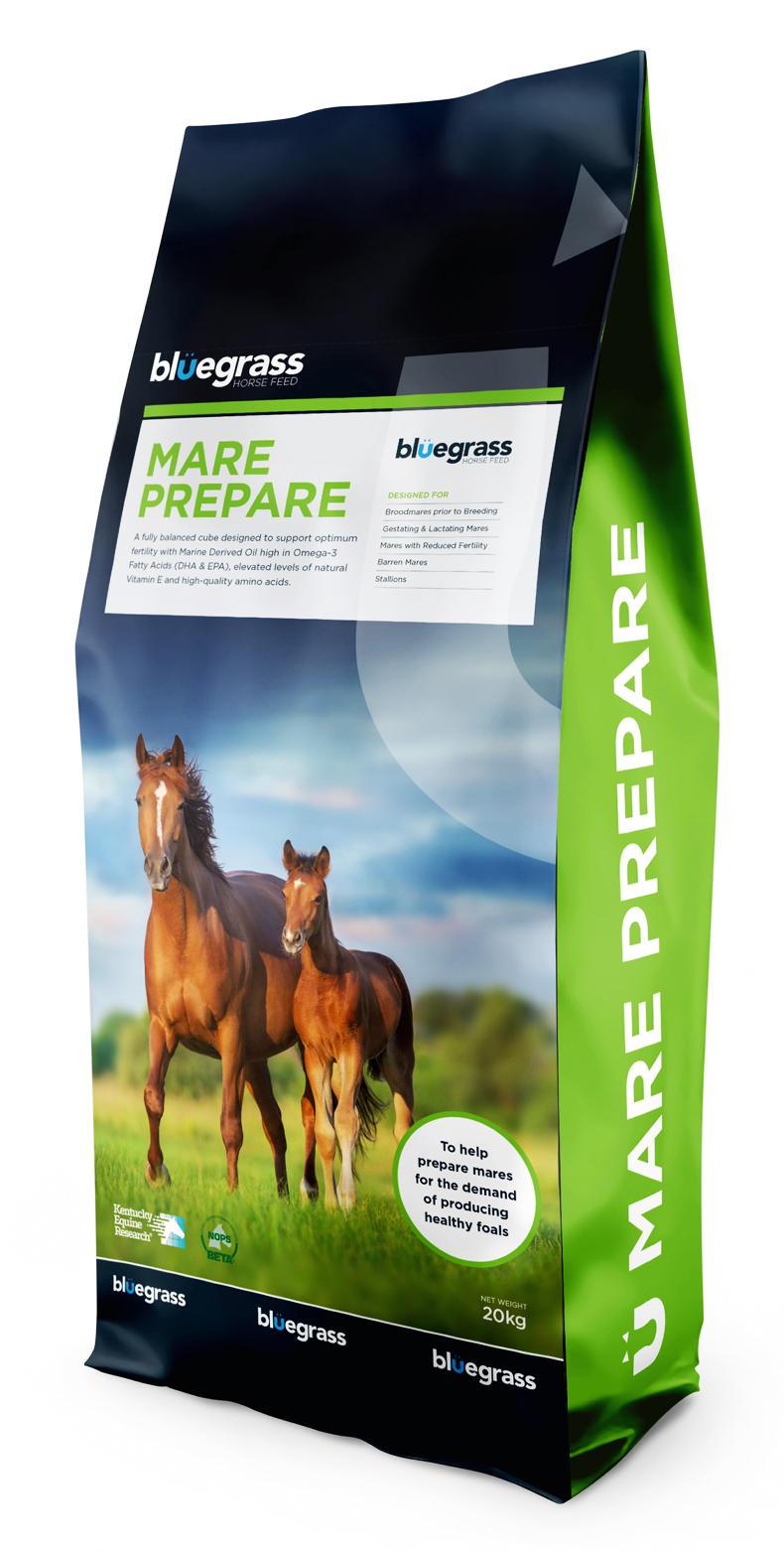THE placenta is a really vital structure that connects the newly growing foal to the mare. It provides oxygen and nutrients through a variety of blood vessels and interconnections between the foal and the mare.
The placenta attaches to the endometrium of the mare (the inside lining of the mare’s uterus). The endometrium has lots of tiny finger like projections that interconnect with the placenta that increase the surface area for the transfer of oxygen and nutrients for the foal.
The damage of these interconnections is called placentitis (infection or inflammation of the placenta). Placentitis can interfere with the transfer of oxygen and nutrients to the foal, affecting its development and growth, which is a major problem.
When is a placenta classified as retained?
The placenta must be passed within three hours of foaling. If the mare has not passed the placenta after three hours, this would be classified as retained and we would recommend that you obtain veterinary advice.
Your equine placenta
examination checklist


 This is a subscriber-only article
This is a subscriber-only article
 It looks like you're browsing in private mode
It looks like you're browsing in private mode










SHARING OPTIONS: